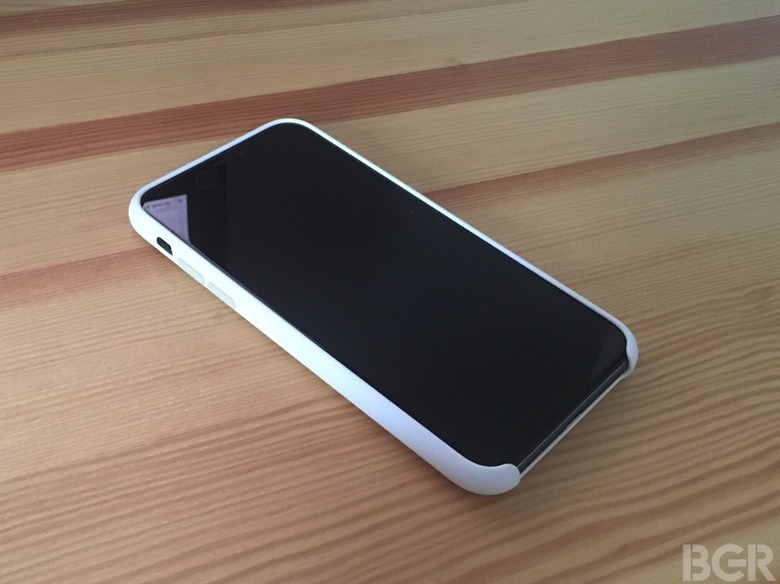This Self-Healing Phone Screen Could Mean No More Shattered iPhones
I recently told you that I "ruined" my brand new iPhone X, just like many other buyers, to avoid ruining it for real. The all-screen design that makes wireless charging possible is also the iPhone X's Achilles' heel. No matter how durable the glass is, it's not shatter-proof. And the repairs are incredibly expensive. That's why I'm using a protective case that makes the iPhone X feel considerably bulky, and have a screen protector that's a lot friendlier to dust particles than I'd like.
But researchers have accidentally discovered a polymer that might make iPhone screen repairs a thing of the past.
The name of the polymer is "polyether-thioureas," per The Guardian, and it can heal itself after accidents.
Apparently, you only need to press the glass together by hand to melt the material, and have the screen glue itself up — I wonder how that would affect 3D Touch, an iPhone gesture that involves applying more pressure to the screen.
The Japanese inventor who discovered the polymer was working on a new glue. Graduate school student Yu Yanagisawa found that when the surface of the material was cut, the edges would adhere to each other. You'd need to manually compress the material for 30 seconds at 21C (or room temperature) for the glass to heal and form a strong sheet. The material apparently regains its original strength in only a matter of hours.
This isn't the first time that researchers announce the discovery of self-healing materials, but this appears to be the first one that heals itself at room temperature. This might turn out to be a huge discovery, as it could forever change the way we repair broken displays, especially for expensive devices like the iPhone X and some of the newest Android flagships out there.
It's unclear, however, if we'll ever see displays made of this new polymer equipping smartphones in the near future — you can read more about "polyether-thioureas" over at Science magazine.
